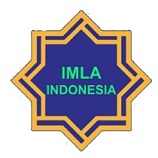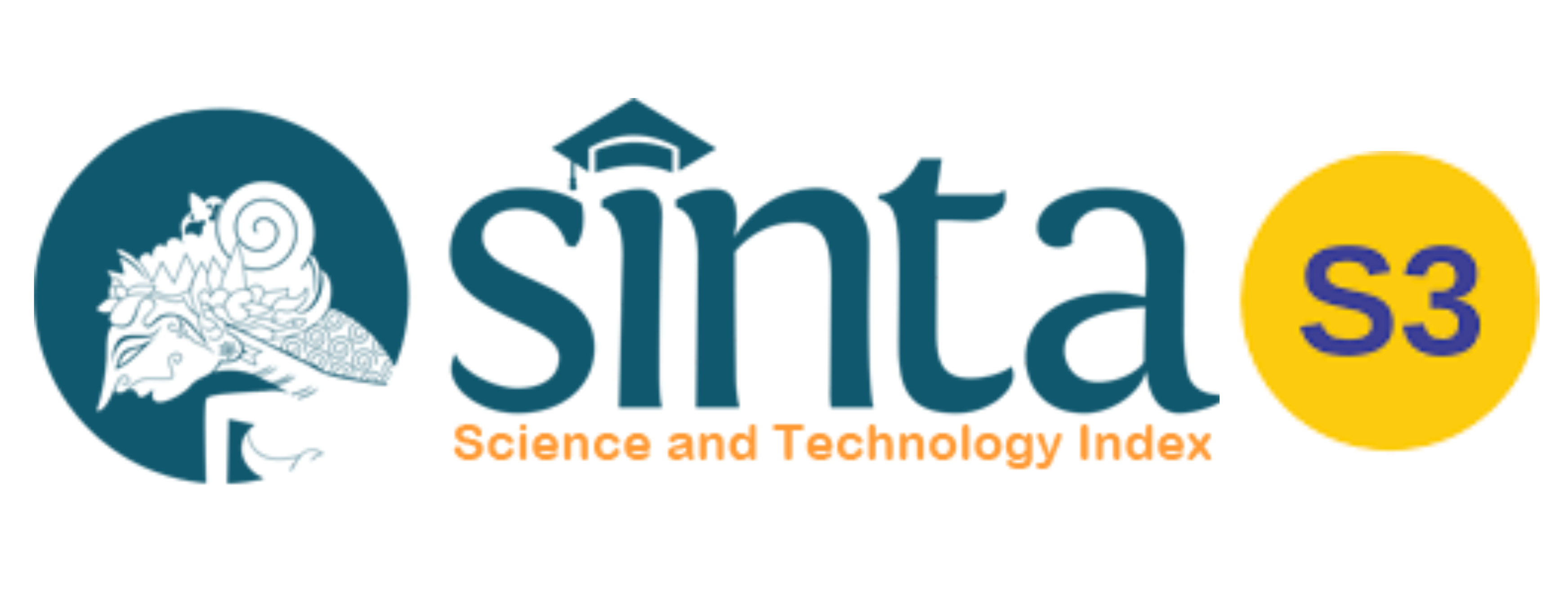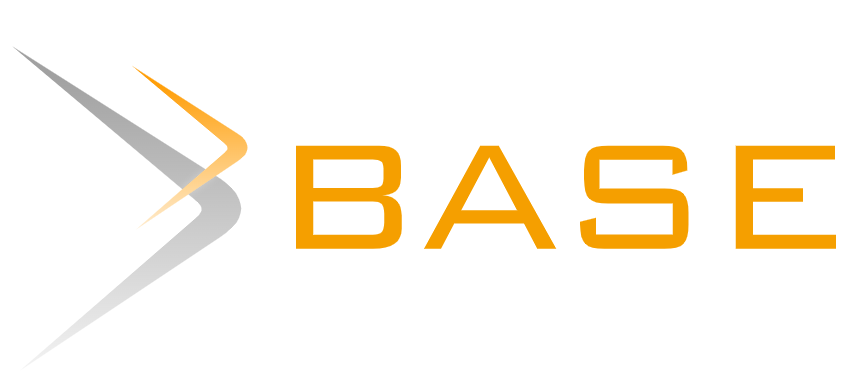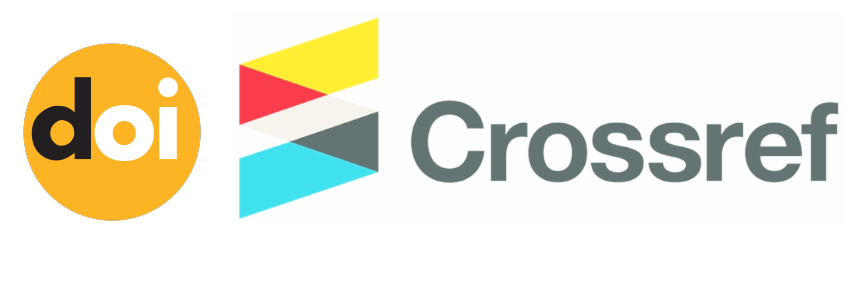PEMEROLEHAN FONOLOGI BAHASA ARAB ANAK USIA 12 TAHUN DI MTs ISLAM NGRUKI SUKOHARJO (Tinjauan Psikolinguistik)
Abstract
This discussions in this research are the variation of phonological acquisition of Arabic and the factors that determine the success of the phonological acquisition of Arabic. The purposes of this research are describing the variation of phonological acquisiton of Arabic and describing the factors that determine the success of phonological acquisition of Arabic.
The data collection used simak and cakap methods. The instruments of data collection were questionnaire of 186 vocabularies of minimal pairs, test of personality, grammatical competence, and attitude toward Arabic. The data analysis used padan method which depended on informant‟s speech organ and pragmatis. The techniques of the methods were PUP (Pilah Unsur Penentu) and HBB (Hubung Banding Memperbedakan). Those techniques distinguished between the consonants, vowels, diphthongs, semivowels, and the factors that determine the success of phonological acquisiton of Arabic.
This research showed two results : First, the variation of phonological acquisition of Arabic are consonants, vowels, diphthongs, and semivowels. Consonants divided into three, according to the sounds making process, consonants consist of plossive, fricative, affricative, and liquid. According to the
vibrate of vocal cords, consonants consist of voiced and voiceless. According to the movement of other articulators, consonant is velarization. The variation of vowels are short vowels (/a/, /i/, /u/) and long vowels (/a:/, /i:/, /u:/). The diphthongs are /aw/ and /ay/. The semivowels are /w/ and /y/. Second, the factors that determine the phonological acquisition of Arabic are family background, age, health, intelligence, aptitude, persistence, motivation, knowledge about Arabic and attitude towards Arabic, and environment.
The data collection used simak and cakap methods. The instruments of data collection were questionnaire of 186 vocabularies of minimal pairs, test of personality, grammatical competence, and attitude toward Arabic. The data analysis used padan method which depended on informant‟s speech organ and pragmatis. The techniques of the methods were PUP (Pilah Unsur Penentu) and HBB (Hubung Banding Memperbedakan). Those techniques distinguished between the consonants, vowels, diphthongs, semivowels, and the factors that determine the success of phonological acquisiton of Arabic.
This research showed two results : First, the variation of phonological acquisition of Arabic are consonants, vowels, diphthongs, and semivowels. Consonants divided into three, according to the sounds making process, consonants consist of plossive, fricative, affricative, and liquid. According to the
vibrate of vocal cords, consonants consist of voiced and voiceless. According to the movement of other articulators, consonant is velarization. The variation of vowels are short vowels (/a/, /i/, /u/) and long vowels (/a:/, /i:/, /u:/). The diphthongs are /aw/ and /ay/. The semivowels are /w/ and /y/. Second, the factors that determine the phonological acquisition of Arabic are family background, age, health, intelligence, aptitude, persistence, motivation, knowledge about Arabic and attitude towards Arabic, and environment.
Keywords
phonological acquisition, Arabic language, psycholinguistics, minimal pair
Full Text:
PDFDOI: https://doi.org/10.20961/cmes.7.1.15352
Refbacks
- There are currently no refbacks.
Copyright (c) 2017 Jurnal CMES
| Copyright of CMES ISSN 2085-563X (print) and ISSN 2502-1044 (online) CMES Journal is licensed under a Creative Commons Attribution-ShareAlike 4.0 International License. | CMES (Center of Middle Eastern Studies) Print ISSN: 2085-563X Online ISSN: 2502-1044 Website: https://jurnal.uns.ac.id/cmes/index Email: cmes@mail.uns.ac.id Published by: Universitas Sebelas Maret Office: Department of Arabic Literature, Faculty of Cultural Science, Universitas Sebelas Maret Ir. Sutami Street, No. 36A, Surakarta, Jawa Tengah 57126 Phone: +62 822-4000-2313 |















